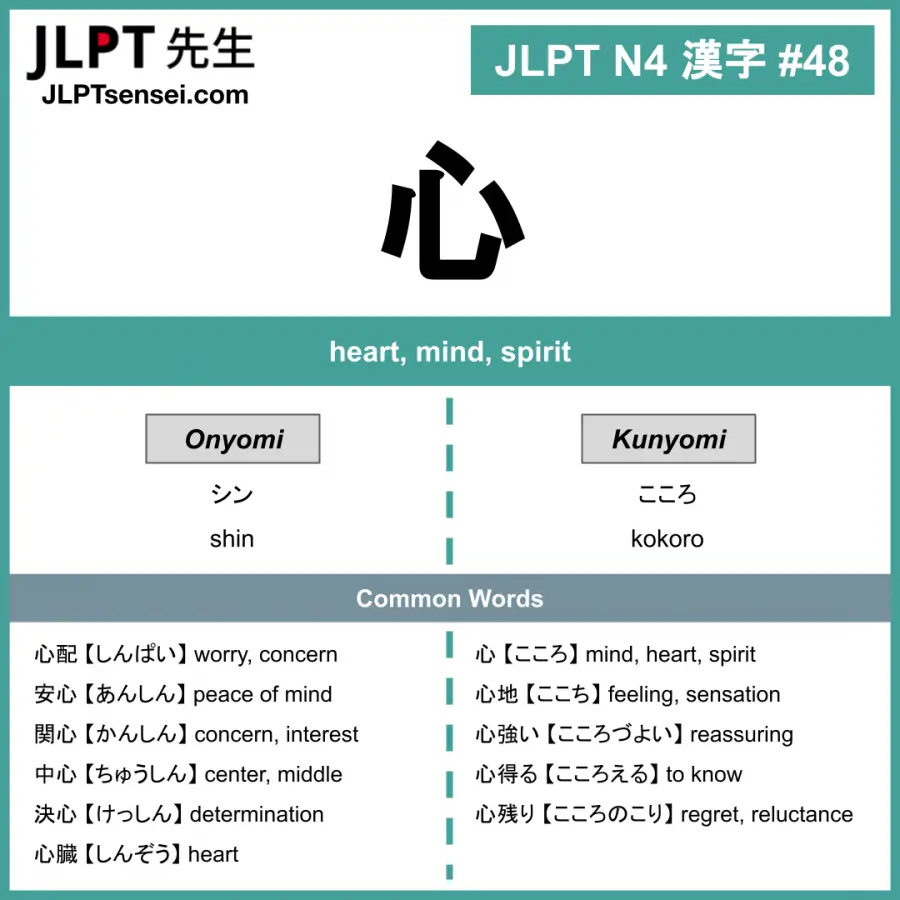

It’s kind of similar to “1 st Baptist Church” or “1 st National Bank” or something like that. (tomu wa kurasu de ichiban yasashii desu.)īack to restaurants, have you ever seen one named “Ichiban Steak & Sushi House” or something similar? That’s basically the owners saying that they have The Best steak & sushi place. You can use 一番 when talking about something to say that it is the best.īut you can also use 一番 in combination with adjectives to meat “the most” of that adjective. They pretty much mean the same thing, but saying that you’re #1 is a little stronger as you are emphasizing that everyone else is below you in rank. You could say “I am the best Pokémon trainer” or you could say “I am the #1 Pokémon trainer.” In English we often use #1 as a synonym for “the best” when describing something. A good example would be like, who took first place ( 一番) in a race vs. 一番 (ichiban) therefore means “number one” and is often used to indicate how things rank in position against each other. The first word is ichi 一 which means the number “one” in Japanese.Īnd the second word that is used is ban 番 which means “number in a series.”

It is the word Ichiban and you spell it with the kanji 一番.īut what does this word mean? And how do you use it? I will explain the Ichiban Meaning in Japanese now.įirst off, the word ichiban is made up of two different words.

If you would like to add in your thoughts about this name, please share them in the comments below.There is a common Japanese word that you often times see as part of a Japanese restaurant’s name here in America. The popularity of Kokoro for girls started to fade a bit in the 2010s – according to my town magazine research, it was given to over 0.25% of girls in 2018. Usage started to increase a tad bit for boys at around the same time with around 0.023% of boys receiving this name in the same year. The 2000s saw the continuation of Kokoro’s popularity for girls with over 0.45% of girls receiving this name by 2007, placing it within the top 50. The name slowly increased for girls up until 1996 when it jumped to around 0.073%. Two of the kanji that can be used on either the first or second element are 結 meaning “tie, bond” and 真 meaning “pure, true.”Īt the start of the Heisei period (1989-2019), it was a very uncommonly used name, being given to around 0.019% of girls and 0.004% of boys in 1990. The kanji marked with an asterisk is mainly used on boys. The kanji below are either readable as ko(ko)/ ro or merely used for image expression: 1st element This name can also be written with two kanji, one kanji that can be used alongside 心, 想 or 志 in either the first or second element. For the second element, they come from 指し (sashi), nominalised from the verb 指す (sasu) meaning “to point to identify,” and 良い (yoi) meaning “good, excellent” respectively. These two particular single kanji, 志 meaning “will, aim, goal” (kokorozashi) and 快 meaning “pleasant, refreshing” (kokoroyoi), have 心 as the first element of their derivation. The main form of this name is 心 which means “mind, heart, spirit.” Other single kanji that are used for this name are linked to 心 in some way, including 想 meaning “conception, idea, thought,” 芯 meaning “wick, marrow core, centre,” 愛 meaning “love, affection” and 優 meaning “gentle, elegant.” (Main) gender: Female, can be male as well


 0 kommentar(er)
0 kommentar(er)
